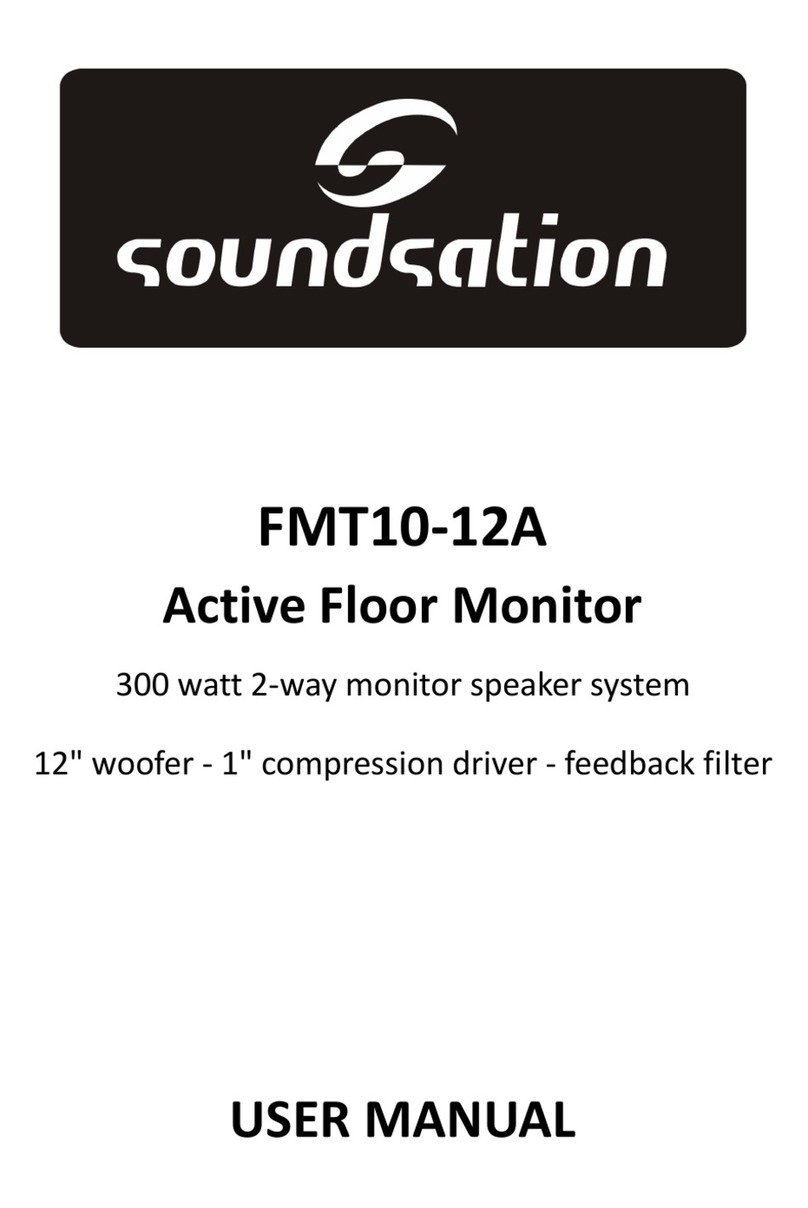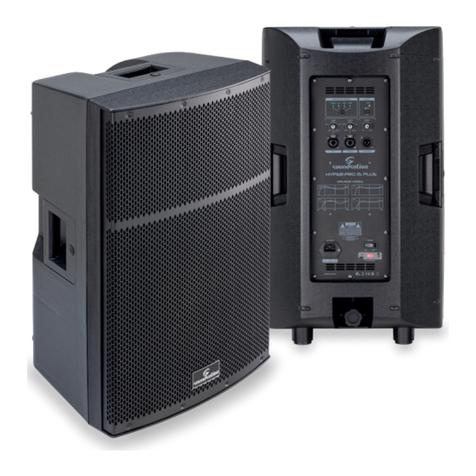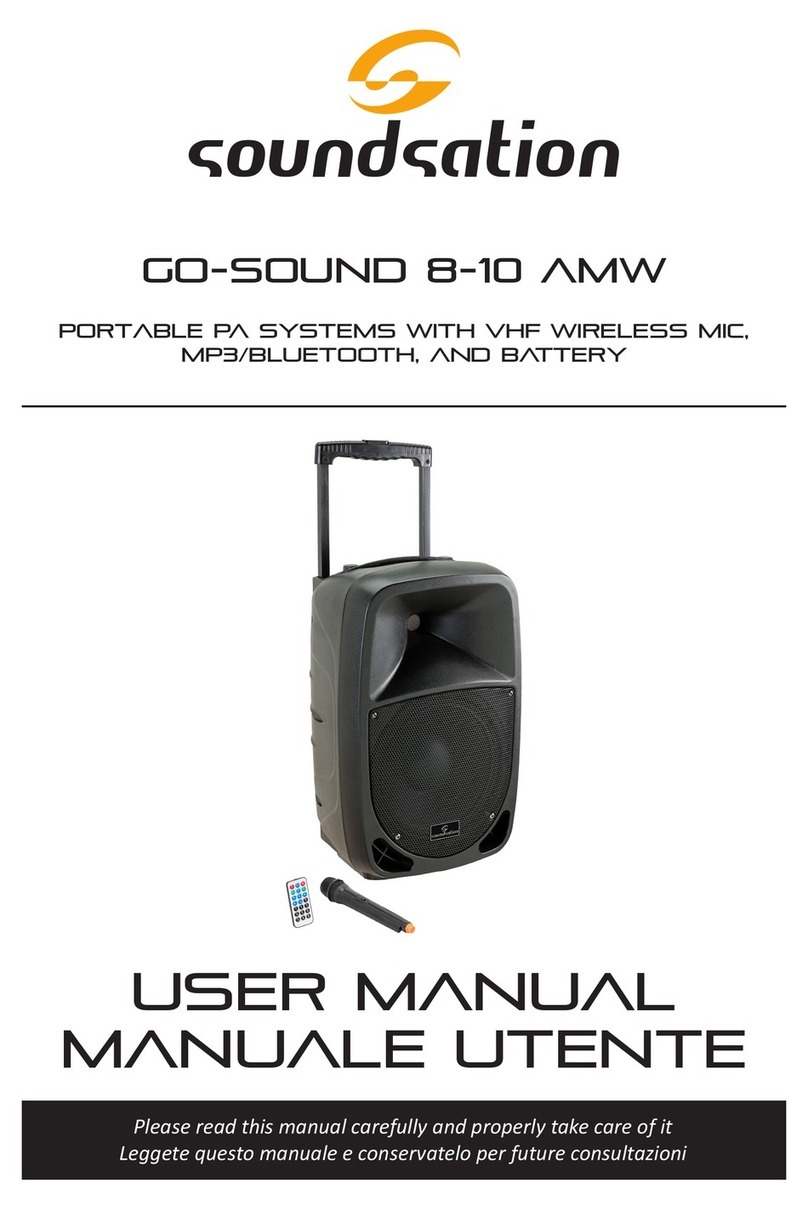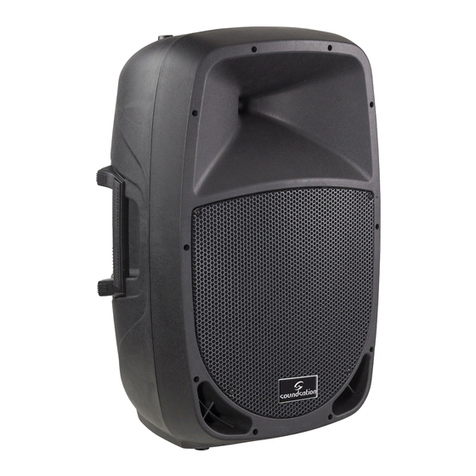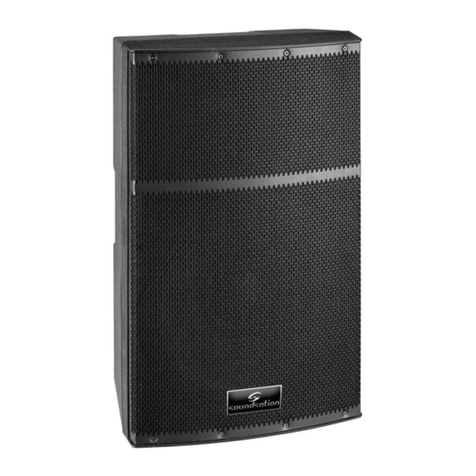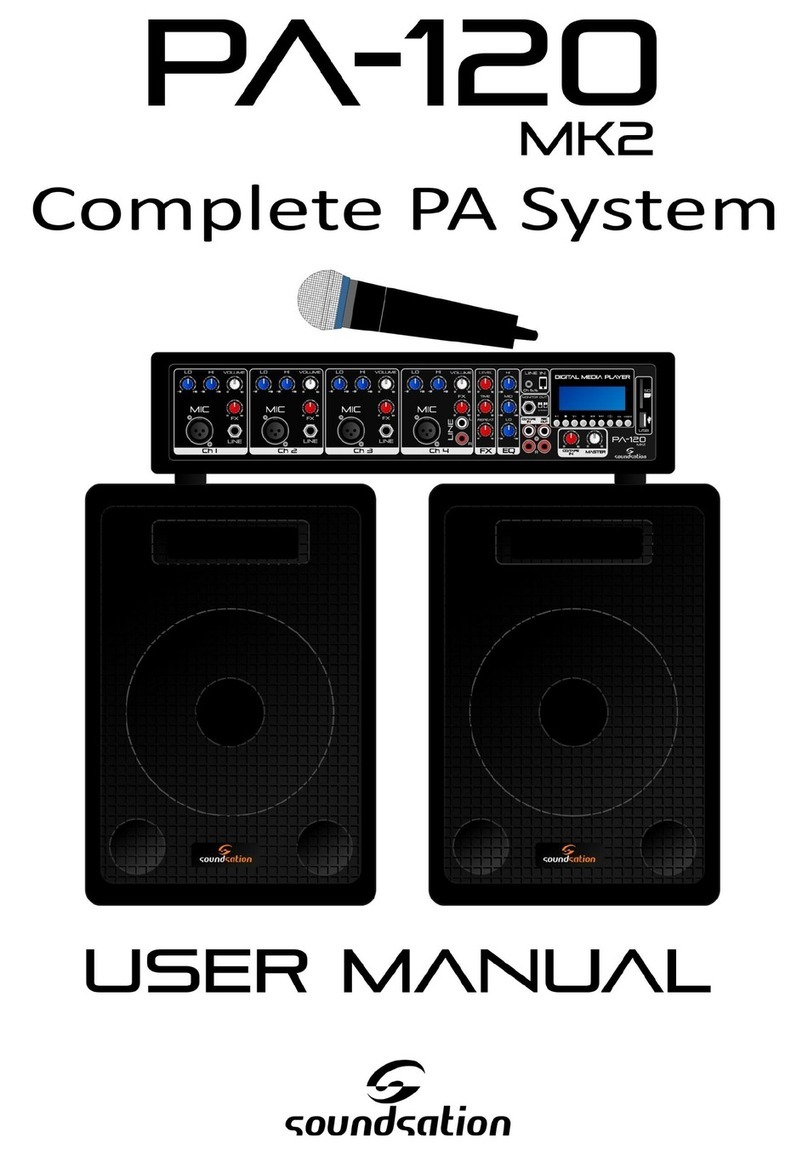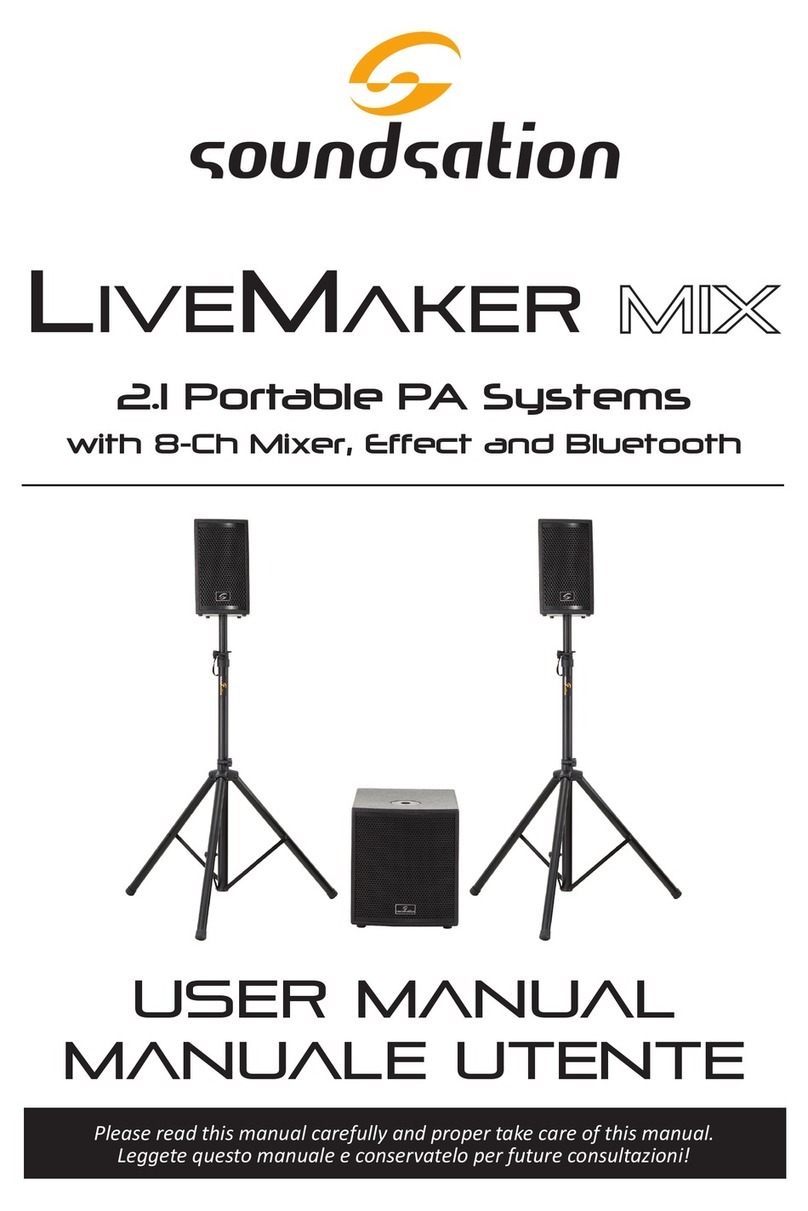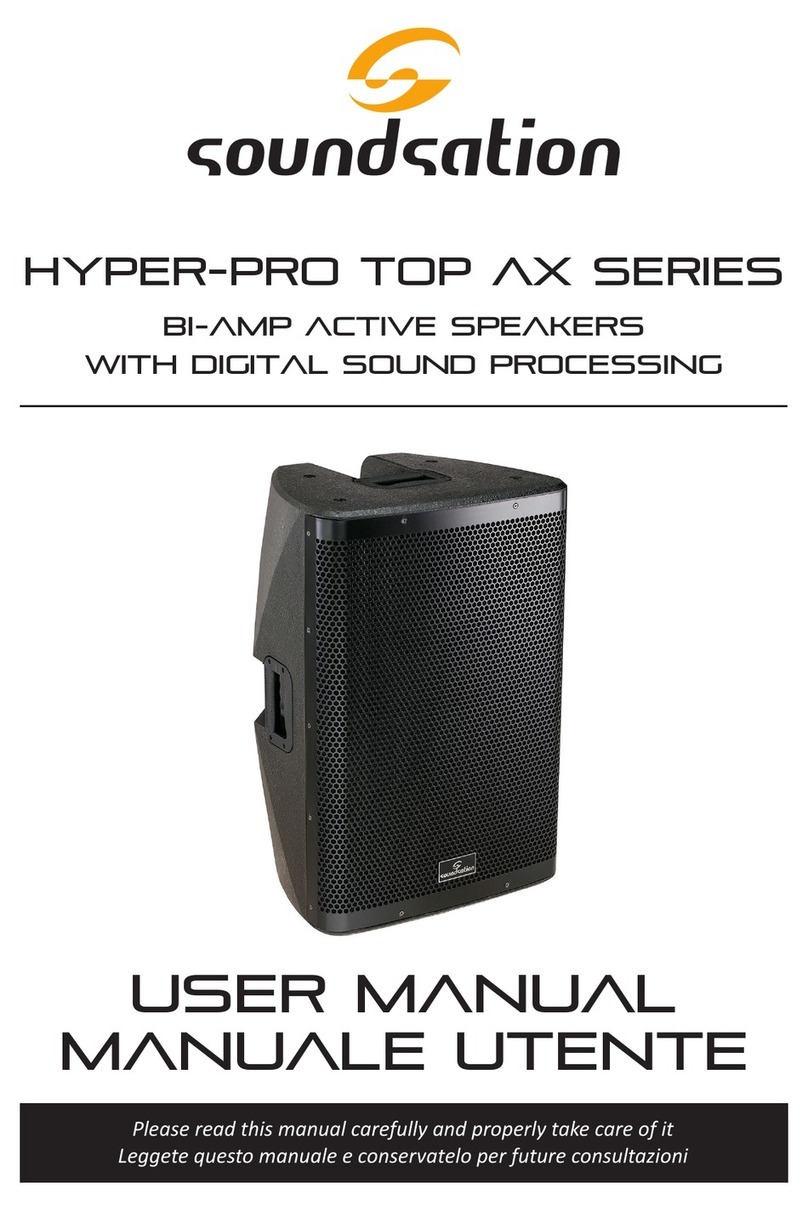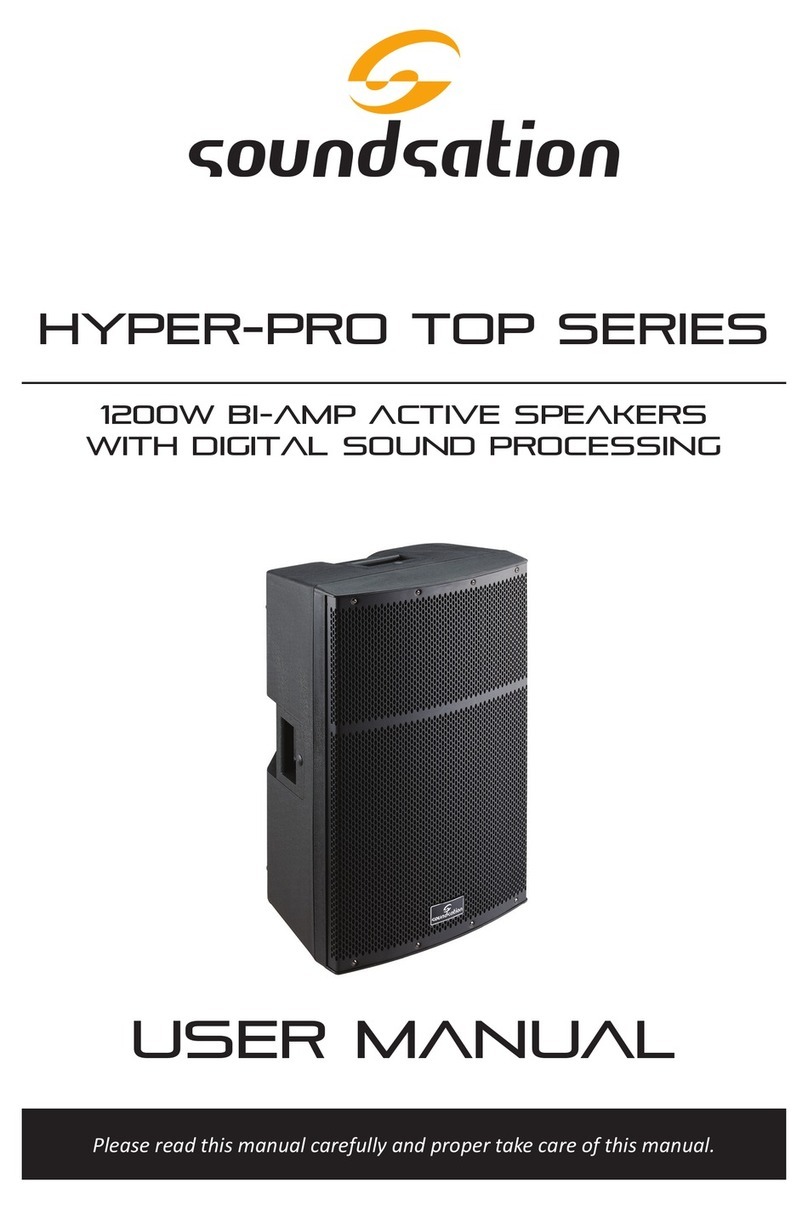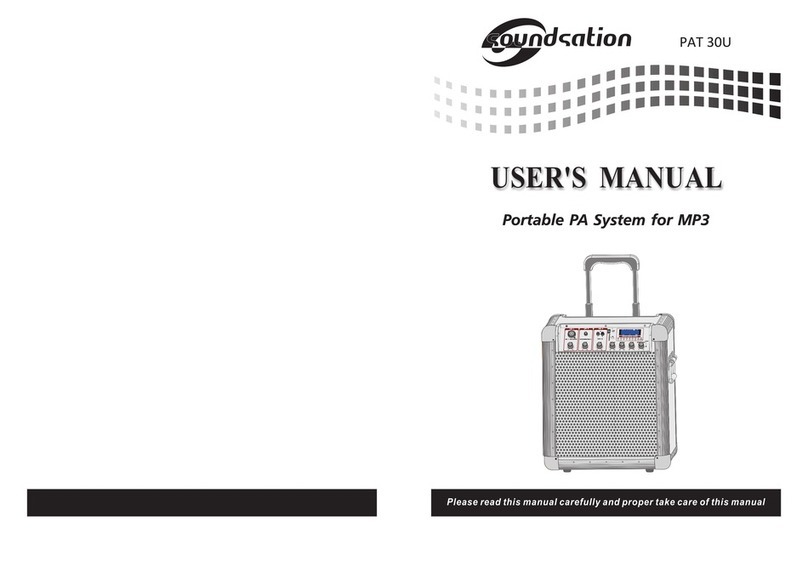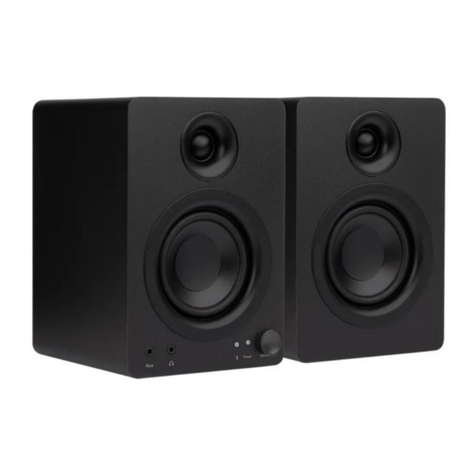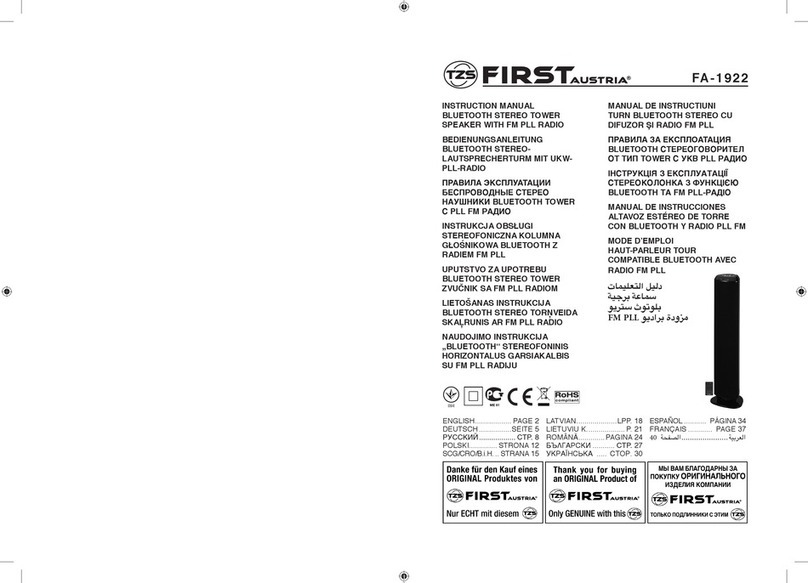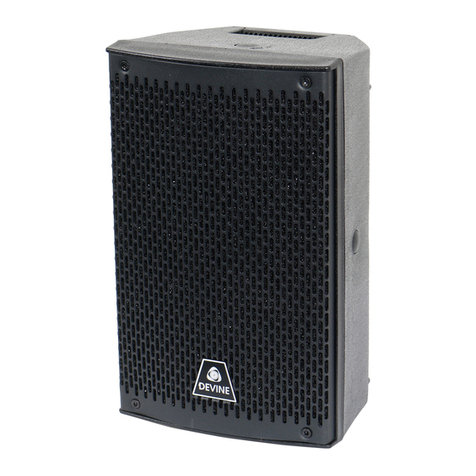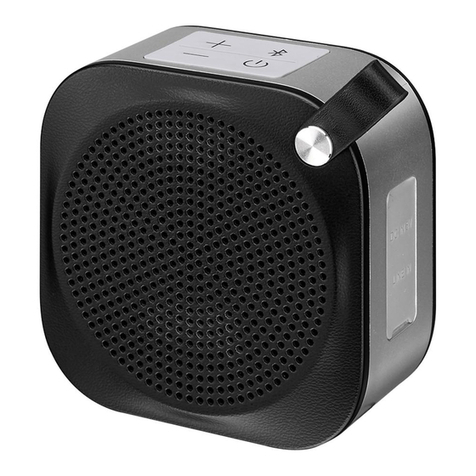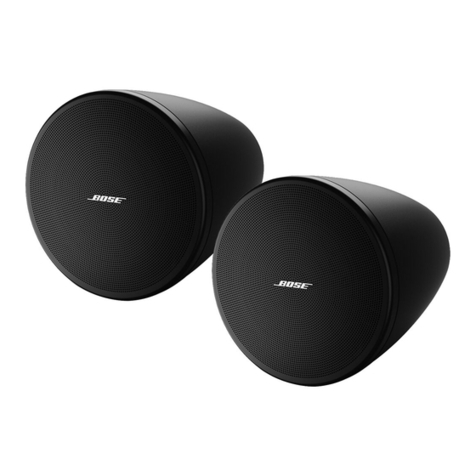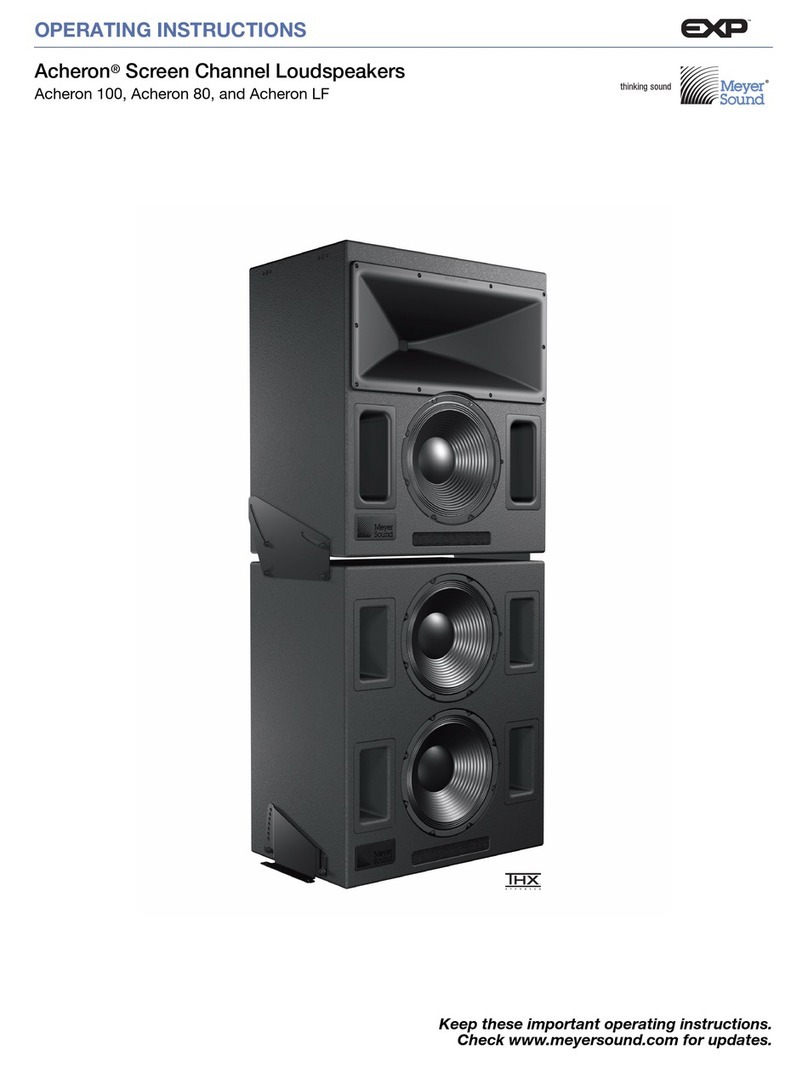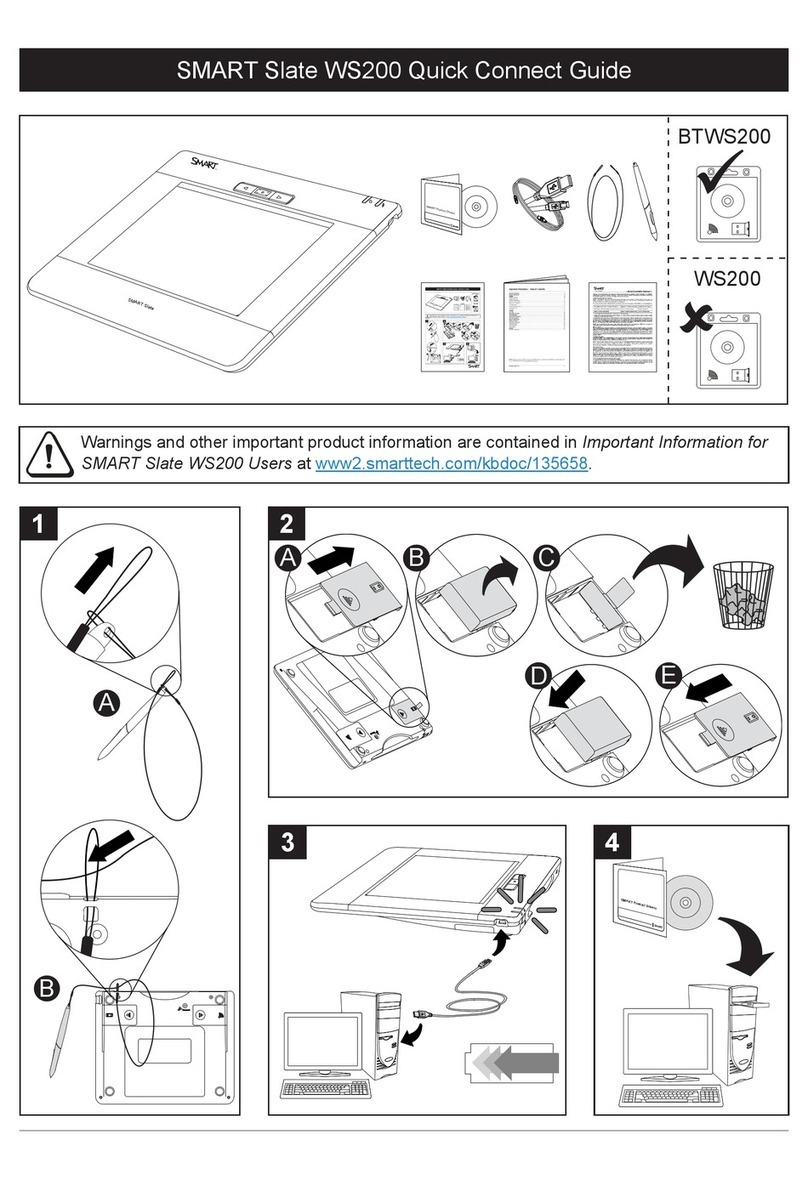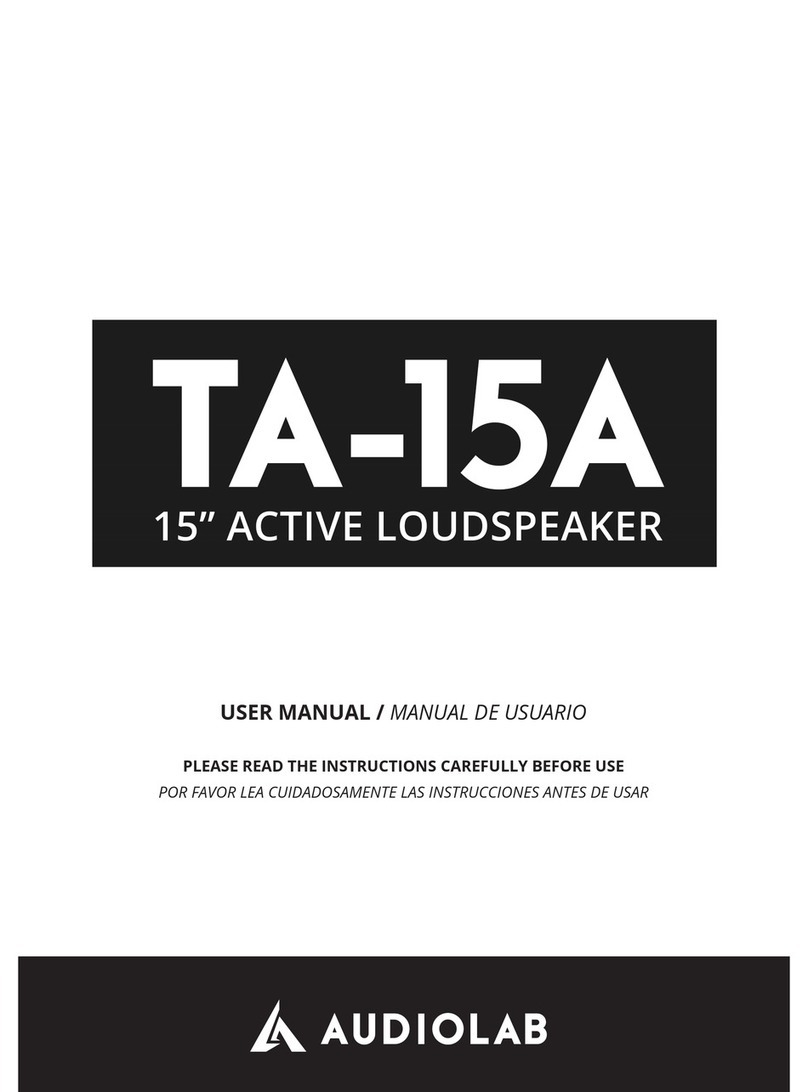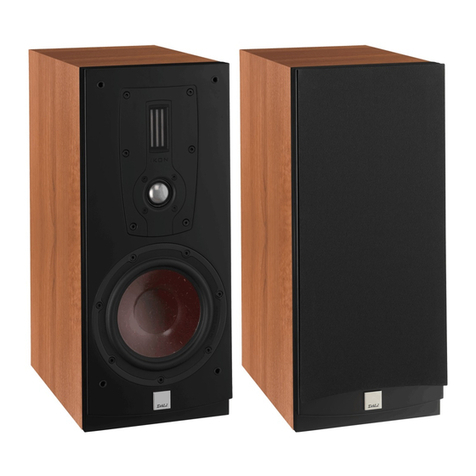The full charge cycle lasts about 2 hours. For the rst charge cycle, however, it would
be better that it lasted more than 3 times normal charge cycle (that is 6 hours). This
considerably lengthens battery life.
fConnect the unit to a power outlet through the supplied power adapter. It is not
necessary to turn on the unit.
fThe CHARGE LED (yellow) lit and the four LEDs (1 red; 3 Green) start lighting as the
level of charge increases from the rst LED (25%) to the maximum level (100%).
fAfter a charging time for a full charge, the 3 green LEDs are lit and then you can
disconnect the power adapter (yellow LED switches off). Once reached the maximum
level, however, the charging circuit turns off, even if you leave it plugged.
fWhen you switch on the unit, you can check the state of the charge (even during
charging process), basing on the number of green LEDs on. When the LOW red LED
start blinking and the other three LEDs are off, you need to re-charge the battery as
soon as possible.
6.3. Battery safety and disposal instructions
Please follow the instructions below for safe handling and proper disposal of user-ser-
viceable batteries.
fCharge rechargeable batteries with the instructions and correct charging equipment
supplied with your SOUNDSATION product.
fStore batteries in a cool, dry place at normal room temperature. Remove batteries
from devices that will be stored unused for extended periods.
fDispose of batteries according to the local laws and regulations of your region. Some
batteries may be recycled, and may be accepted for disposal at your local recycling
center.
fContact SOUNDSATION Customer Support if you have questions about the proper
handling of batteries. Batteries may present a risk of re, explosion, or chemical burn
if mistreated.
fDo not disassemble, puncture, modify, drop, throw, or cause other unnecessary
shocks to batteries.
fDo not dispose of batteries in a re or trash incinerator, or leave batteries in hot
places such as an automobile under direct sunlight.
fDo not store batteries near an oven, stove, or another heat source.
fDo not connect batteries directly to an electrical source, such as a building outlet or
automobile power-point.
fDo not place batteries into a microwave oven, or into any other high-pressure con-
tainer.
fDo not immerse batteries in water or otherwise get them wet.
fDo not short circuit batteries; for example, do not carry loose batteries in a pocket
or purse with other metal objects, which may inadvertently cause a battery to short




















